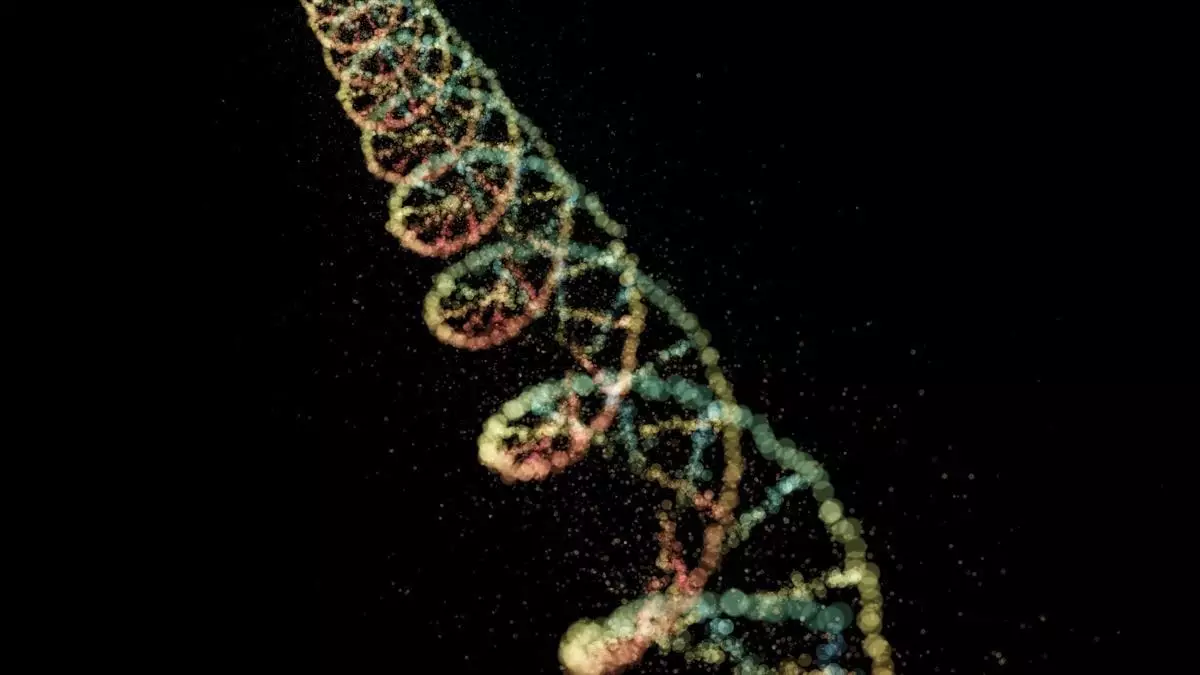Aging is often perceived as a linear process driven by the relentless passage of time, but recent scientific investigations have reshaped this perspective, revealing intricate biological mechanisms at play. One significant area of focus is the relationship between genetic mutations and epigenetic changes—modifications that regulate gene expression without altering the underlying DNA sequence. Researchers are increasingly looking into how these two factors might influence and interact with each other to affect biological aging.
A groundbreaking study published in *Nature Aging* has illuminated the connection between genetic mutations and epigenetic clocks that measure biological age, sparking a conversation about their implications for understanding the aging process. Genetic mutations accumulate over a lifetime due to various influences, including environmental exposure, cellular replication errors, and the diminishing efficacy of DNA repair mechanisms. Although such mutations have long been associated with age-related ailments like cancer and neurodegenerative conditions, they are not the sole factors underlying aging. This discrepancy has led scientists to probe deeper into the interplay between genetic mutations and epigenetic changes.
The study identified a noteworthy pattern: specific mutations at targeted DNA sites can lead to distinct epigenetic alterations. This creates a cascaded effect across the genomic landscape, potentially altering fundamental biological processes. The implications of these findings are profound, as they suggest that the traditional understanding of biological age might require re-evaluation based on the dynamic relationship between genetics and epigenetics.
One of the most compelling aspects of this research is the bidirectional nature of the relationship between DNA mutations and epigenetic modifications. While epigenetic changes have often been viewed as mere reflections of aging, this study poses a pivotal question: Are these modifications active agents driving the aging process, or do they serve as byproducts of genetic mutations? Dr. Steven Cummings from the University of California, San Francisco, emphasizes that more in-depth research is vital to unravel this enigma. The possibility that genetic mutations drive epigenetic changes suggests that traditional approaches to studying aging may need to be reoriented.
Moreover, mutations have been linked with altered DNA methylation patterns. For instance, the research observed an extensive loss of DNA methylation at mutated sites, while adjacent regions exhibited heightened methylation. This phenomenon illustrates a ripple effect that extends far beyond the primary mutation site, indicating a complex molecular interaction that warrants further scrutiny.
If the hypothesis proposed by Dr. Cummings—that DNA mutations serve as primary contributors to aging while epigenetic changes merely reflect this process—proves accurate, it poses considerable challenges to the field of anti-aging research. Current strategies aimed at modifying epigenetic markers may not be as effective if the underlying mutations constitute the core issue. Addressing genetic mutations is a far more complex endeavor, and successful treatments or interventions could require entirely different methodologies.
As scientists seek to validate these conclusions, there is a pressing need for research that goes beyond cancerous tissues. Most data in the aforementioned study were sourced from patients with cancer, leaving the question open about whether similar patterns would manifest in healthy individuals. To gain comprehensive insights, longitudinal studies that track genetic and epigenetic alterations over time will be critical. This research could potentially reveal longitudinal patterns that clarify the relationship between these two factors and their impact on aging.
The road ahead is filled with intriguing possibilities. Future studies could take the form of controlled laboratory experiments to examine how inducing specific mutations influences subsequent epigenetic changes. These insights not only have the potential to clarify the mechanisms of aging but may also refine the methodologies employed in utilizing epigenetic clocks. By gaining a richer understanding of biological aging at the molecular level, scientists could pave the way for novel interventions and therapies to promote longevity and enhance quality of life in aging populations. As the quest for answers continues, the interplay between genetics and epigenetics stands at the forefront of modern aging research, urging us to delve deeper into the science of life itself.

Leave a Reply